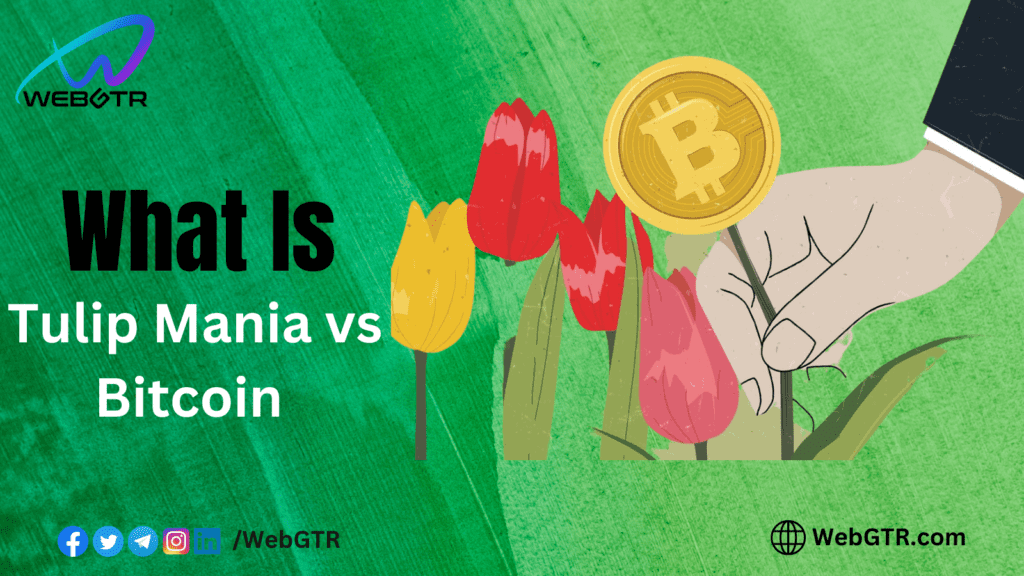
The Tulip Mania is often cited as a prime example of a bubble that eventually burst. The prevailing narrative portrays a period characterized by greed and hype, resulting in tulip prices soaring to irrational levels. While some astute investors managed to exit early, others succumbed to panic selling when the market collapsed, leading to substantial losses for many stakeholders.
Drawing parallels between Bitcoin and the Tulip Mania is a common observation, with claims that Bitcoin is experiencing a similar bubble. However, such comparisons overlook the fundamental differences in their asset classes and market contexts. Our current financial landscape is vastly dissimilar, boasting a larger and more diverse pool of participants compared to the relatively limited tulip markets of the 17th century. Additionally, the cryptocurrency markets operate with unique characteristics that set them apart from traditional financial markets.
In conclusion, while both the Tulip Mania and Bitcoin have witnessed speculative fervor, it is essential to recognize the distinctions between their asset classes and the market conditions in which they exist. Each situation should be assessed independently, taking into account the distinct dynamics of contemporary financial markets and the innovative nature of cryptocurrency markets.
Main differences
One of the most significant distinctions between tulips and Bitcoins lies in their potential as a store of value. Tulips had a limited lifespan and predicting their exact variety or appearance from the bulb alone was nearly impossible. Merchants faced uncertainty when investing in rare colors, as they had to plant the bulb and hope for the desired outcome. Moreover, the cost and logistical challenges of safely shipping tulips limited their transferability. Additionally, tulips couldn’t be divided into smaller parts without risking damage to the plants, rendering them unsuitable for practical payments. The risk of theft also posed a challenge to protecting their value.
In contrast, Bitcoin is a digital asset that can be seamlessly transferred within a global peer-to-peer network. It operates as a secure digital currency, relying on cryptographic techniques to thwart fraud attempts. Unlike tulips, Bitcoin cannot be duplicated or destroyed, and it can be easily divided into multiple smaller units, increasing its usability for everyday transactions. Furthermore, Bitcoin’s scarcity is ensured by its fixed maximum supply of 21 million units. Although cryptocurrencies do come with some inherent risks in the digital realm, adhering to general security principles can largely safeguard one’s funds.
In summary, the disparity between tulips and Bitcoins in terms of store-of-value potential is vast. While tulips faced various limitations and risks, Bitcoin’s digital nature and robust features make it a promising store of value and a viable medium of exchange in the modern financial landscape.
Looking for Blockchain Development, NFTs, Website Design, Token Creation, or Other services? Reach out to us at WebGTR. Let’s discuss and bring your vision to life.


Leave a Reply